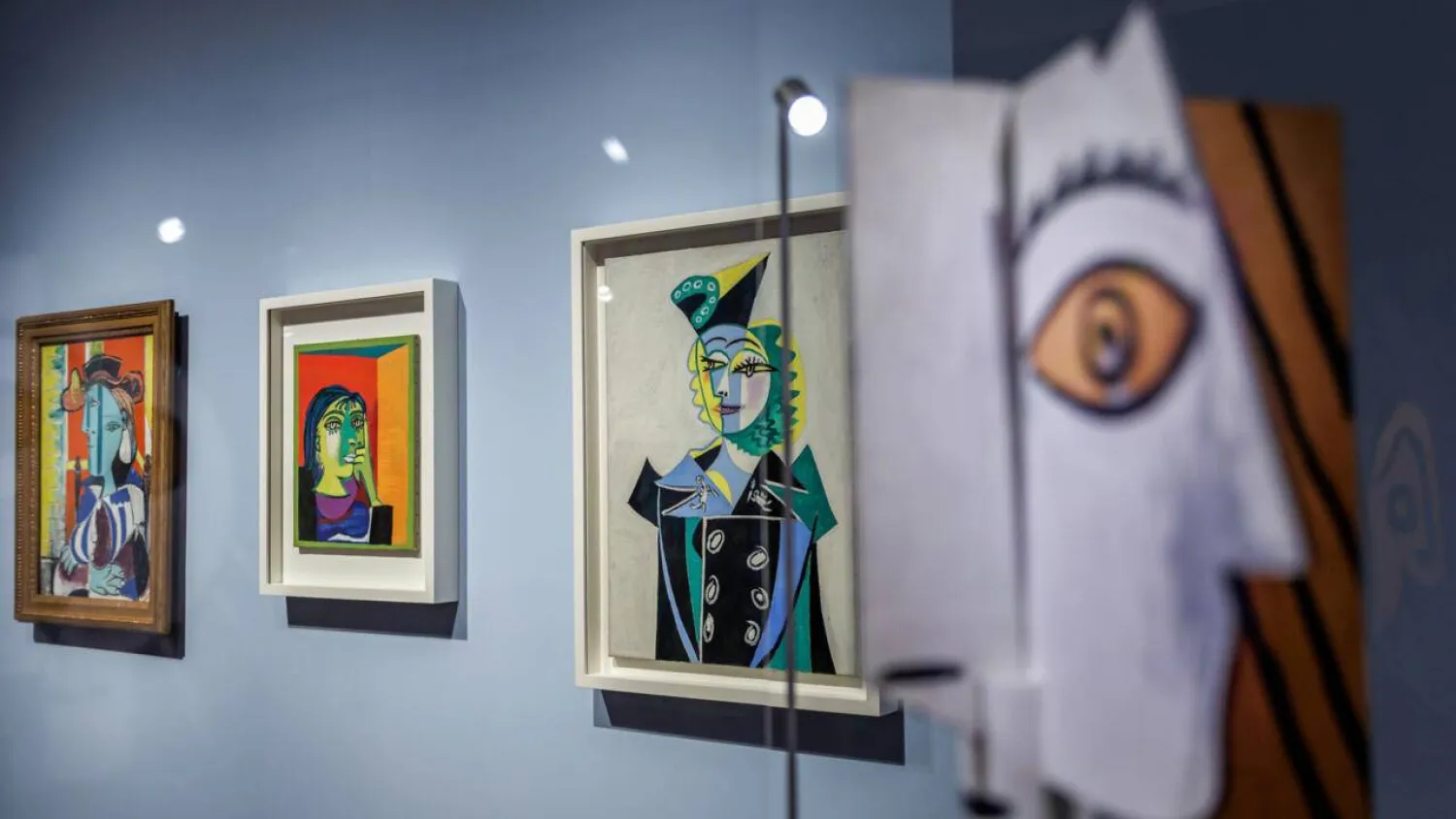Visitors to the Eiffel Tower were turned away on Monday because of a strike over poor financial management at one of the world’s most-visited sites.
A sign was posted at the entrance in English, saying: “Due to a strike, the Eiffel Tower is closed. We apologize.”
The hugely popular 330-meter (1083-foot) landmark in central Paris has seen soaring visitor numbers in the lead-up to the Summer Olympics in the French capital.
Tourists planning to visit the Eiffel Tower on Monday were warned of disruptions in multiple languages on its website. Visitors were advised to check the website before heading to the monument or to postpone their trip. Electronic ticket owners were told to check their inboxes beforehand.
The landmark's operator also said on its website that visits to the Eiffel Tower will be disrupted on Tuesday.
“We’re a little disappointed but we understand that people deserve a fair wage and they deserve proper working conditions,” said Marisa Solis, an American tourist, visiting Paris from New York City.
The Eiffel Tower is typically open 365 days a year. Monday’s closure is the second in two months due to strikes. In December, it was closed to visitors for an entire day during Christmas and New Year’s holidays because of a strike over contract negotiations.
Morgan McKenny, an American living in Germany, has come to Paris to celebrate her birthday and decided to enter the landmark Monday after surveying it from all sides over the weekend.
“Knowing that I can’t come to the tower today is very, very disappointing,” McKenny said. She added: “I appreciate the workers wanting to keep the tower going for the next few hundred years.”
Stephane Dieu of the CGT union, which represents a large number of the Eiffel Tower’s employees, said Monday's strike is aimed at a salary increase in proportion to the incoming revenue from ticket sales and improved maintenance of the monument, which is owned by the Paris municipality.
Union leaders have criticized the Eiffel Tower operator's business model, saying it's based on an inflated estimate of future visitor numbers, maintenance cost expenses and employees' work compensation.
“They are giving priority to short-term benefits over long-term conservation of the monument and the well-being of the company we are working for,” Dieu said in an interview with The Associated Press at the Eiffel Tower picket line on Monday.







